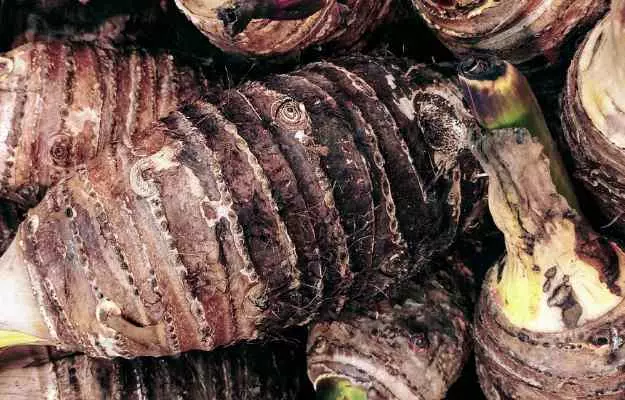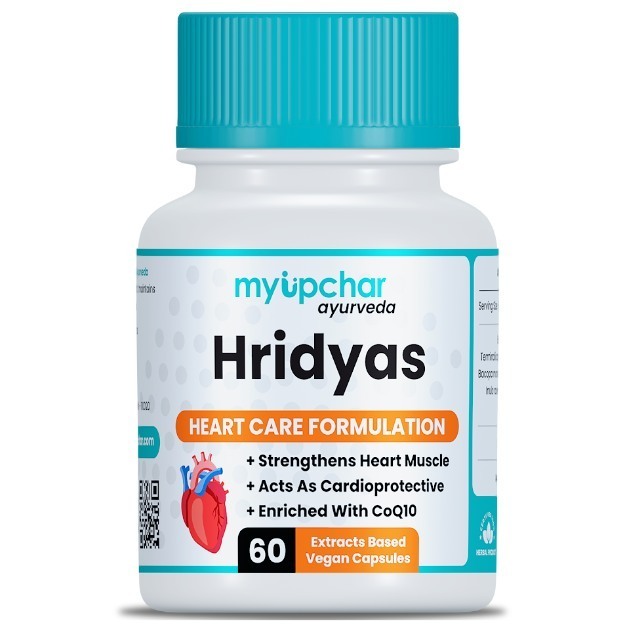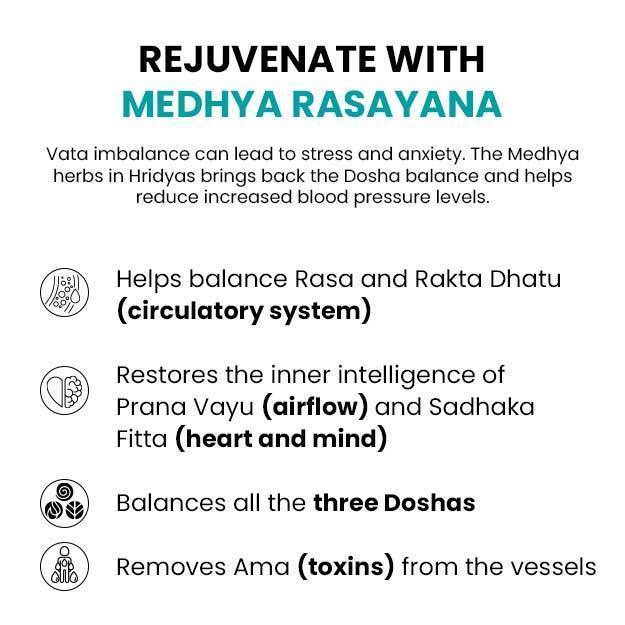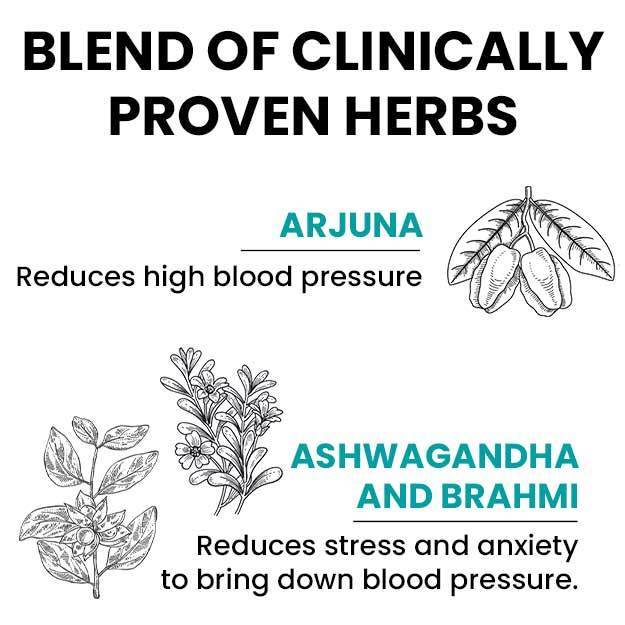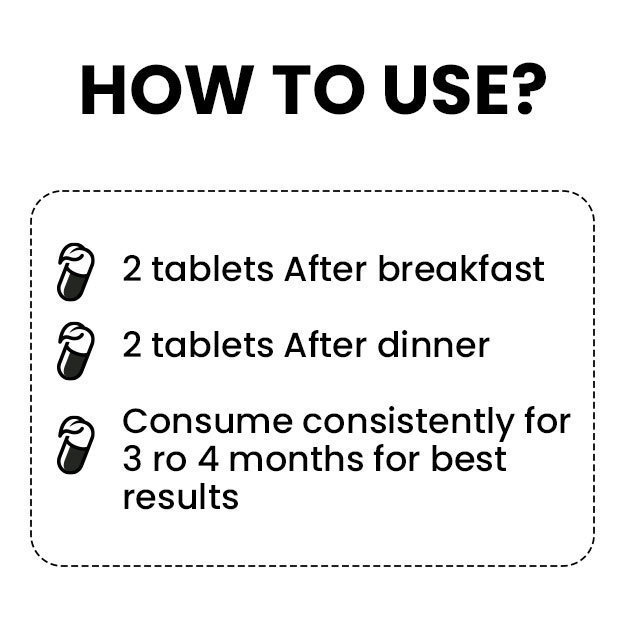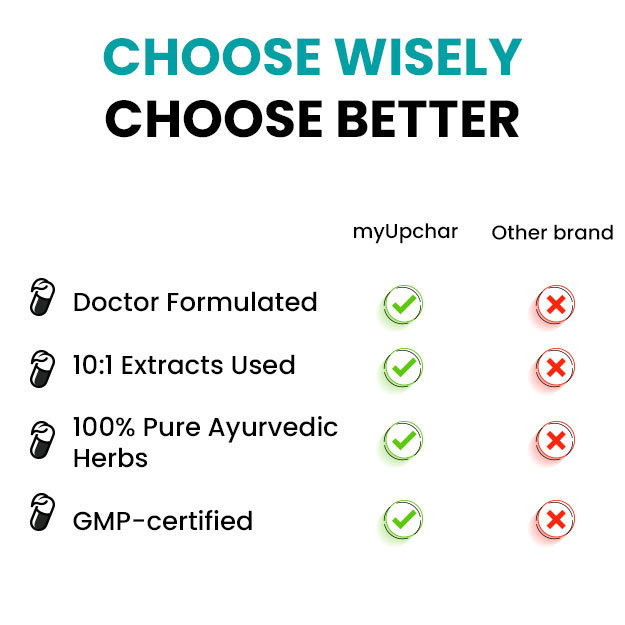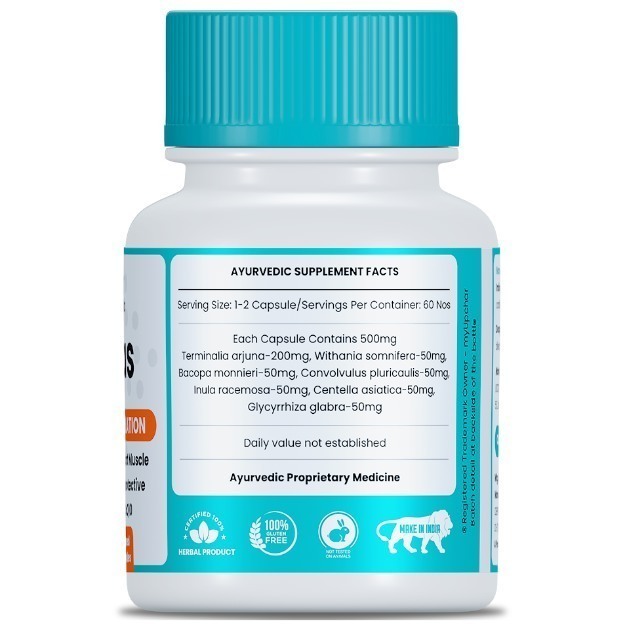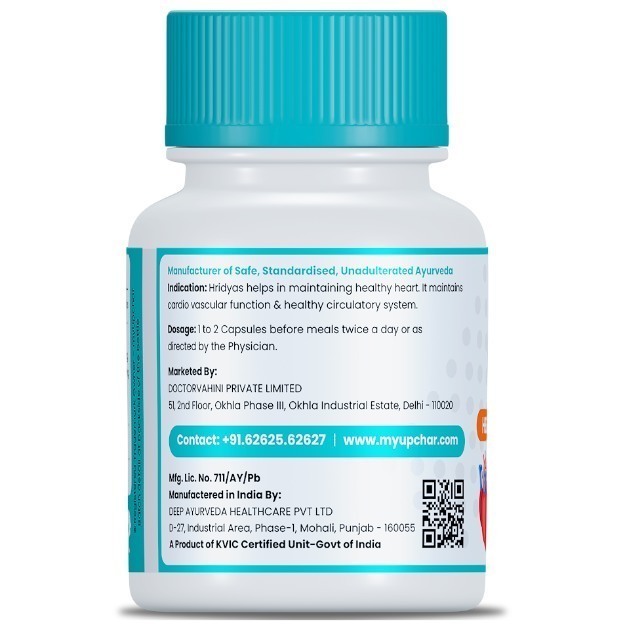Taro, commonly known as arbi in the Indian subcontinent, is a starchy root vegetable. It is grown all-year-round and comes in a number of varieties depending on the region where it is grown. Although the thick tuber or corm is the most commonly used part of the taro plant, taro leaves are also very popular in the Indian subcontinent and are used to make iconic dishes like patra from Gujarat and patrode from Karnataka.
Because it is a starchy vegetable, it’s very easy to assume that taro roots aren’t all that healthy. But in reality, taro roots are very nutritious and are a good source of carbohydrates, dietary fiber, vitamins and minerals. Taro roots have a very low protein content, but the leaves are rich in protein - so inclusion of both in your diet is important.
Did you know?
Taro roots and leaves are poisonous if eaten raw. This is because they contain calcium oxalate, which can only be destroyed by applying heat. This makes cooking them a must before consumption. Cooked taro roots are also used as baby food in some cultures. According to a study published in 1971, taro roots make a viable baby food option when prepared the right way, and can help keep issues like diarrhea, pneumonia, enteritis and beriberi away in infants.
- Botanical name: Colocasia esculenta
- Family: Araceae (Arum family)
- Common name: Colocasia, taro, arbi
- Sanskrit name: Kachu, alupam
- Parts used: Leaves, roots
- Native region and geographical distribution: Nigeria is the world’s largest taro producer, followed by China, Cameroon, Ghana and Papua New Guinea. It is grown in large parts of Asia, Africa and South America too.
- Interesting facts: Taro is a staple food in many countries, including India, because it grows easily in tropical regions. In Hawaii, taro is eaten ritually and worshipped because Hawaiians believe that all humans are descended from kalo or taro.

